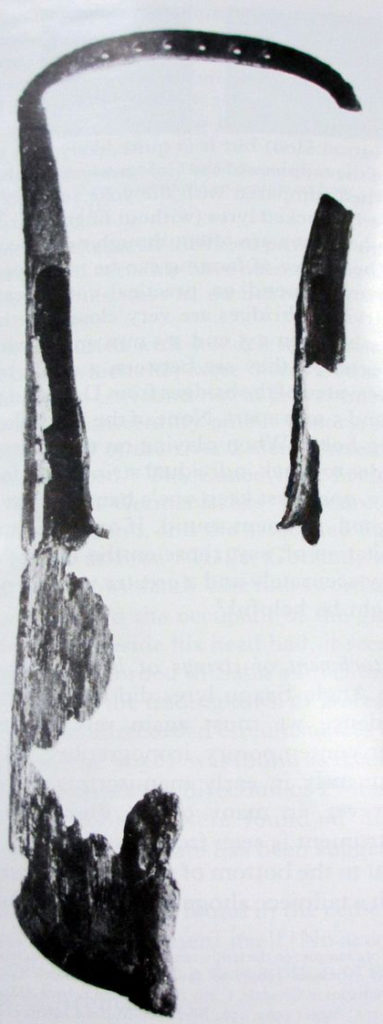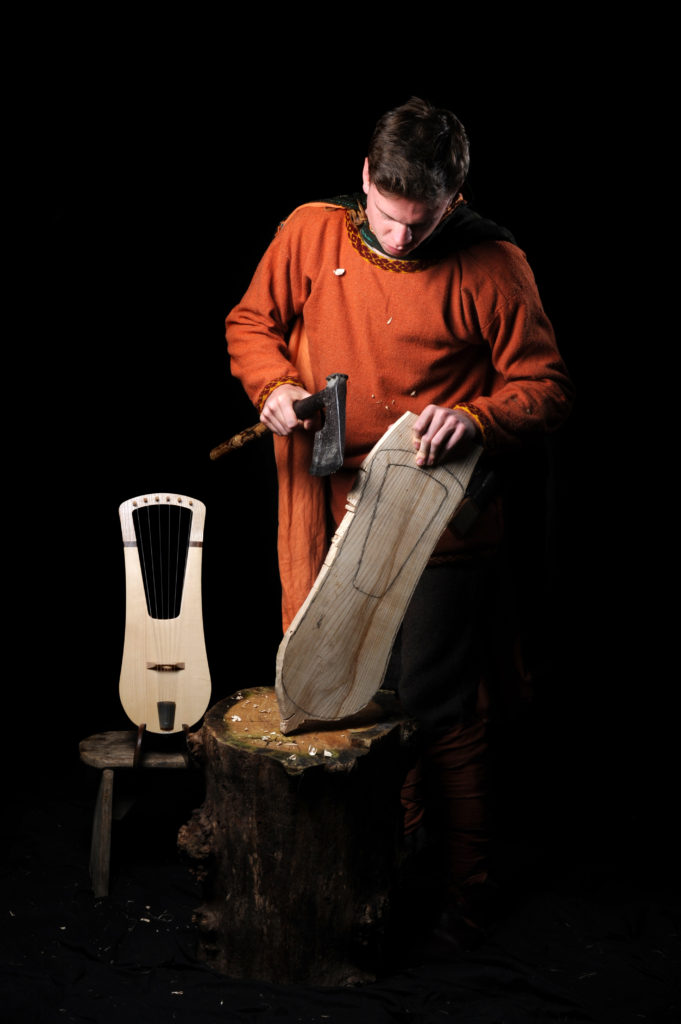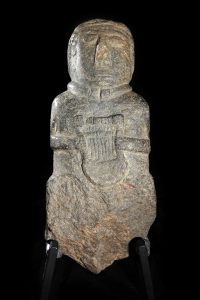
THE GALLIC LYRE
Our work of restitution of the Gaulish lyre is organized around several points.
The Gallic bust of the bard to the lyre
Found in the Côtes d'Armor and dated to the 1st century BC, this sculpture in the roundbump figure a character likely belonging both to the aristocratic and priestly class and wearing the torque, a cap and an instrument. This sculpture made in the Méthahorblendythe is the most precise and the most remarkable representation of the Gallic lyre ever updated.
This will be followed by a detailed study led by Dr. Tinaïg de Clodoré Tissot and a first reconstitution that will pave the way.
In 2015, the Atelier Skald archaeologists and luthiers founded the PRIAE (Research and Interpretation Center in Experimental Archeology) bringing together several international researchers to further the study of this statuary and Gallic lyre, thanks in particular to advanced technologies such as 3D scanning (see article archeologia n ° 523- clickable). Conducted in collaboration with the Rennes Regional Archeology Department (35), this 3D scanning and photogrammetry mission will produce an unprecedented document whose precision will shed new light on this millenary heritage and on which appears the oldest instrument found. on the territory of Brittany. | below, a preview via 3D animation (low definition and without texture) .

Audrey Lecorgne and Julian Cuvilliez, archaeo-Luthiers of the Atelier Skald working on the bust.
3D animation-try me!
The representations

There are few representations of the instrument and often it is in the symbolism that we find it placed under the gaze of the artist, usually in an expressionist style leaving little track as to the real nature of the instrument, its proportions or even its characteristics. However, over the last few years, we have gathered a large body of information, especially on the Gaulish numismatics on which there are many Lyres that we have committed to inventorate and study.
Quotes
The Gallic peoples using little writing, it is no wonder that no mention of the lyre emitted by his own people had yet been discovered. However, several mentions confirm his practice in Greek and Latin texts.
Especially :
"There are lyrical poets among them, whom they call" bards ". These, with instruments
similar to lyres, evoke those whom they praise as well as those whom they mock.
"(Diodorus of Sicily, Historical Library, V, 31, 2)
V, 31, 2)
EXPERIMENTAL ARCHAEOLOGY
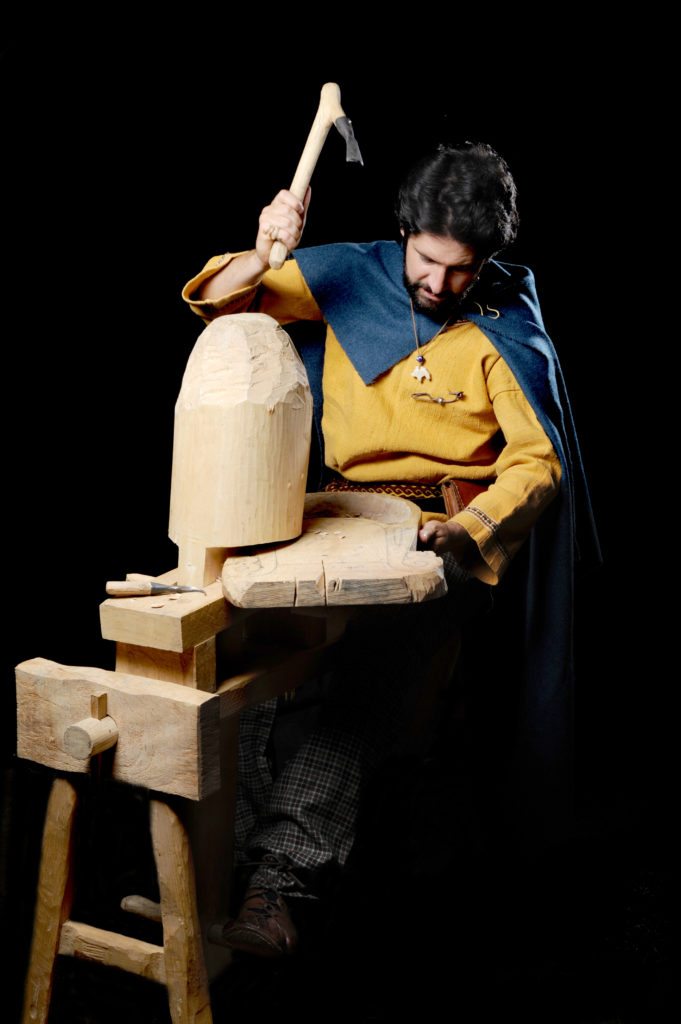 After identifying possible materials thanks in particular to Palynology. After forging the tools of artisanal wood practice in the iron age.
After identifying possible materials thanks in particular to Palynology. After forging the tools of artisanal wood practice in the iron age.
It is a question of getting in the condition in order to experiment. The different results of this work, depending on their relevance, guide our choices about the instruments we make. The continuing practice of this experimental work allows us to propose instruments as close as possible to the historical reality, benefiting from the latest fruits of the research.
BUT WHAT IS THE CONDITION OF THE BARD?
In all likelihood, like the Greek bard, the North skald or the African Grillo, the armorican Bard is deeply linked to the principle of preserving the memory of its people and its transmission.
Many ancient writers evoke his function, with sometimes a more than questionable bias and that it is a question of interpreting, but these narratives remain nevertheless precious testimonies, almost always placing the Bards alongside important characters, aristocrats, sometimes even Kings.
So far away from the romantic imagery that we have depicted some authors of the last century describing us good people going from here, from the, begging the gite and the canopy against some entertainments; well away from satirical and not less sympathetic Assurancetourix, valiant Ambassador of the lyre offered to us Gossiny and Uderzzo and thanks to whom all children, or almost, (young and old) know the lyre: the Bard seems to be of high lineage and the pomp of the worldly society of Celtic antiquity seem to be his daily. His charge is closely linked to the conservation of the popular, traditional and spiritual memory that he preserves and propagates through music and orality. We still do not know much about the status of the Bard, based mainly on our island cousins from Ireland and England in which the data seem to be in greater numbers, but archaeology enlightens us every day a little more about this fascinating people.
The Gallic lyre today?
In 2015, a first research cycle was hailed by the Brittany region, which therefore granted the official recognition of the instrument (voir article DASTUM) by ordering several copies of the Atelier Skald and by missioning Julian Cuvilliez to design a pedagogy in order to open the first experimental class in music school.
In 2017, after two years of teaching and in the face of an important demand, the Atelier Skald founded the lyre Academy which today offers weekly courses in several antennae in Brittany.

In 2017, Julian launches the Group ar Bard who will sign the return of the Gaulish lyre on the current stage (see FR3, the Parisian-clickable) a first album titled "AREMORICA, men of the Kings and gods" launched on FR3 is warmly welcomed by the public and will follow an international concert tour.
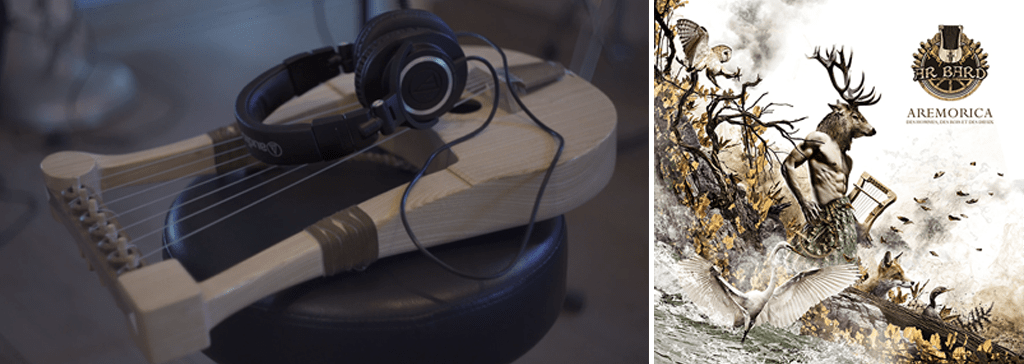
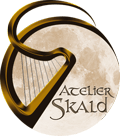












 Fouillée pour la première fois en 1846, puis à plusieurs reprises jusqu’à l’exploitation complète du site en 1934, la nécropole d’Oberflacht, avec ses quelques 300 sépultures, a révélé ainsi toute une série de constructions et d’objets en bois dont le nombre et la variété n’ont pas encore été égalés. Parmi ces découvertes, deux lyres provenant des tombes les plus riches de la nécropole, instruments dont il ne reste aujourd’hui aucune trace suite à l’assaut d’un tank Russe qui durant la seconde guerre mondiale, détruisit l’aile du musée de Berlin qui conservait les précieux artéfacts.
Fouillée pour la première fois en 1846, puis à plusieurs reprises jusqu’à l’exploitation complète du site en 1934, la nécropole d’Oberflacht, avec ses quelques 300 sépultures, a révélé ainsi toute une série de constructions et d’objets en bois dont le nombre et la variété n’ont pas encore été égalés. Parmi ces découvertes, deux lyres provenant des tombes les plus riches de la nécropole, instruments dont il ne reste aujourd’hui aucune trace suite à l’assaut d’un tank Russe qui durant la seconde guerre mondiale, détruisit l’aile du musée de Berlin qui conservait les précieux artéfacts.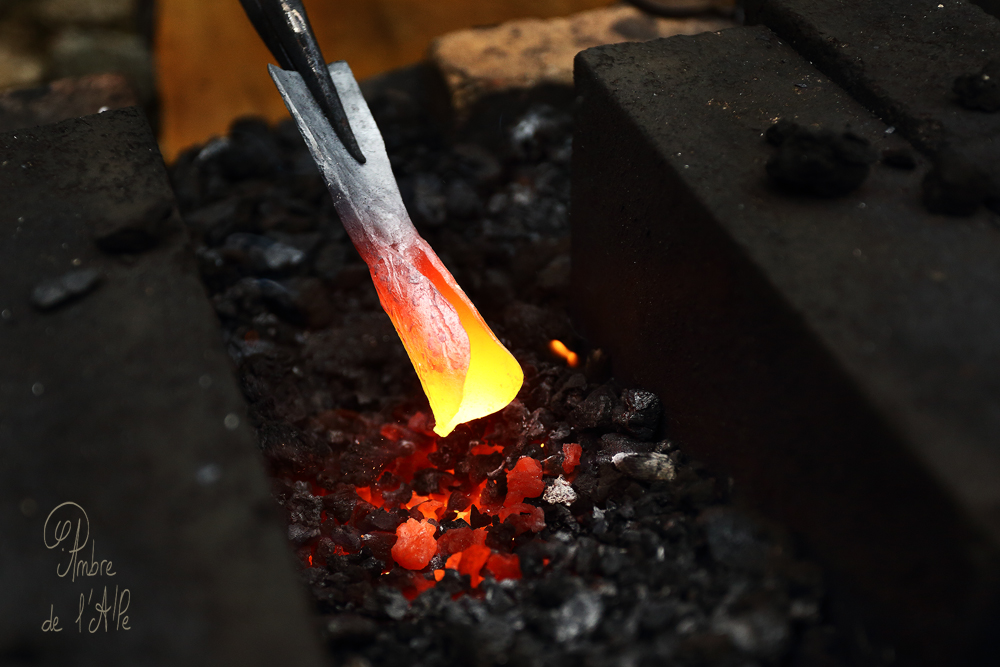 Par la suite, nous avons reforgé une trousse d’outils basée sur des pièces (Gouges, Ciseaux, Wastringue, couteau, etc…) provenant de différents site archéologique contemporains à la Lyre découverte à Oberflacht.
Par la suite, nous avons reforgé une trousse d’outils basée sur des pièces (Gouges, Ciseaux, Wastringue, couteau, etc…) provenant de différents site archéologique contemporains à la Lyre découverte à Oberflacht.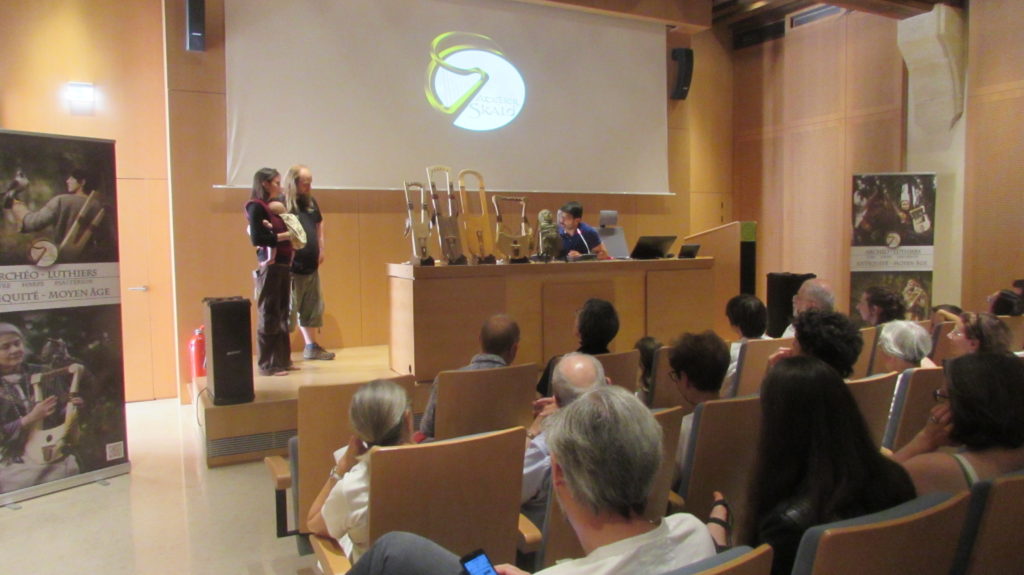



 After identifying possible materials thanks in particular to Palynology. After forging the tools of artisanal wood practice in the iron age.
After identifying possible materials thanks in particular to Palynology. After forging the tools of artisanal wood practice in the iron age.

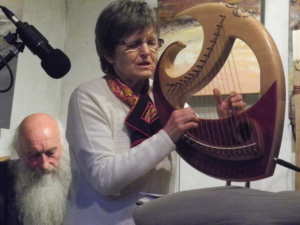 L’année 2014 commence fort pour les deux luthiers qui viennent de signer la sortie d’un tout nouvel instrument proposant la rencontre de la Harpe et de la Lyre. Cette création inédite n’est pas passée inaperçu dans la presse nationale (Keltia Magazine, Ouest France national en quatrième de couverture). Réalisée en amarante, disposant d’un système électro-acoustique spécialement mis au point, cet instrument hors norme fut serti d’argent et de pierreries par l’atelier Grain de Dryade. Une présentation fut faite lors d’une soirée évènement précédée par une cérémonie onirique dirigée par le conteur Ozégan et qui consista à baptiser l’instrument. S’en suivit un concert/spectacle unique devant un public chaleureux et au son de la Harpe/Lyre jouée par sa Marraine Anne Auffret accompagnant le Parrain Patrik Ewen, et ses fameux Récits Barbares.
L’année 2014 commence fort pour les deux luthiers qui viennent de signer la sortie d’un tout nouvel instrument proposant la rencontre de la Harpe et de la Lyre. Cette création inédite n’est pas passée inaperçu dans la presse nationale (Keltia Magazine, Ouest France national en quatrième de couverture). Réalisée en amarante, disposant d’un système électro-acoustique spécialement mis au point, cet instrument hors norme fut serti d’argent et de pierreries par l’atelier Grain de Dryade. Une présentation fut faite lors d’une soirée évènement précédée par une cérémonie onirique dirigée par le conteur Ozégan et qui consista à baptiser l’instrument. S’en suivit un concert/spectacle unique devant un public chaleureux et au son de la Harpe/Lyre jouée par sa Marraine Anne Auffret accompagnant le Parrain Patrik Ewen, et ses fameux Récits Barbares.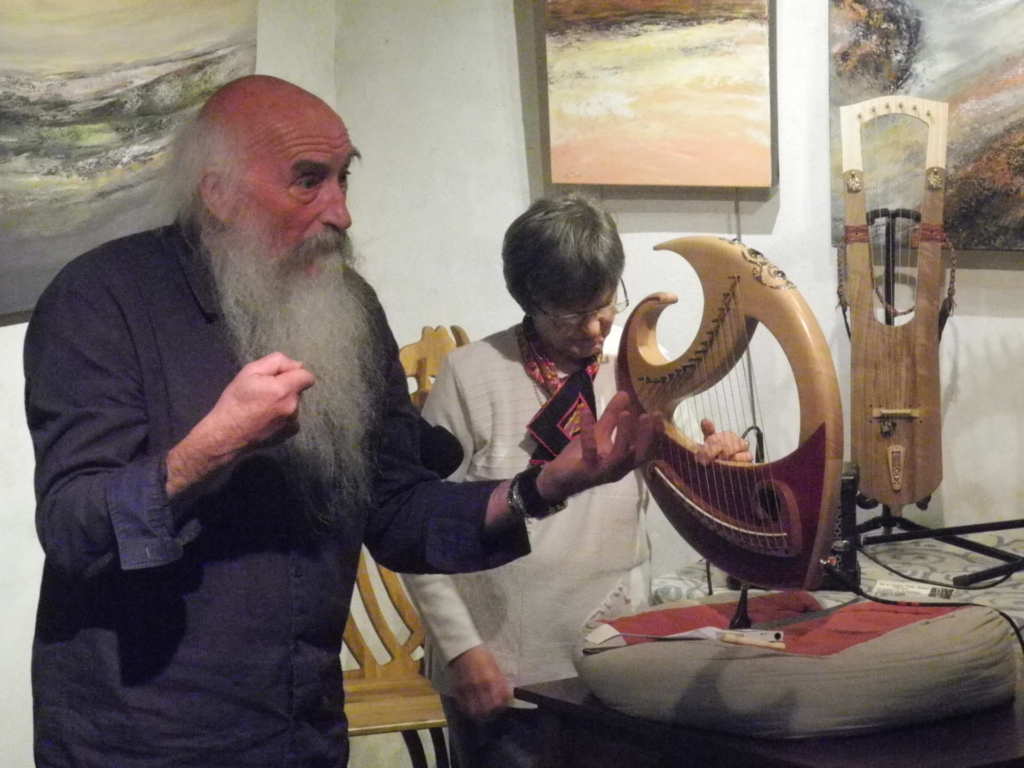
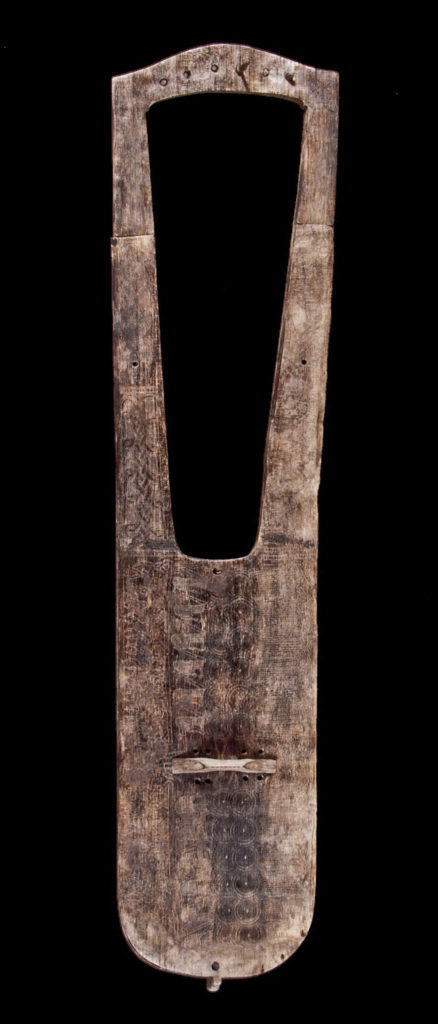
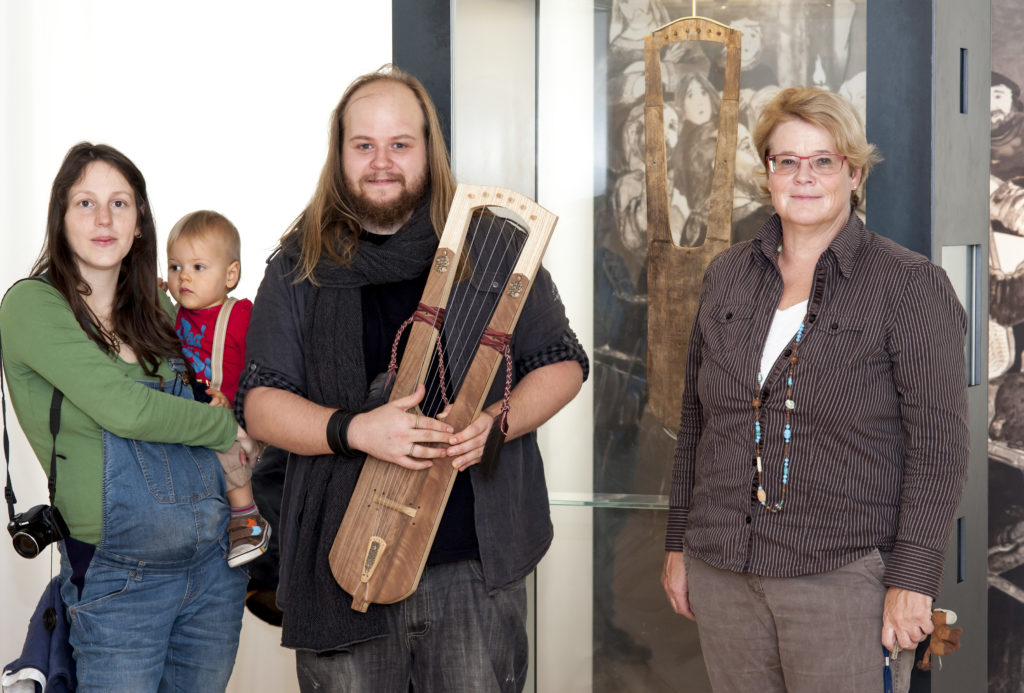
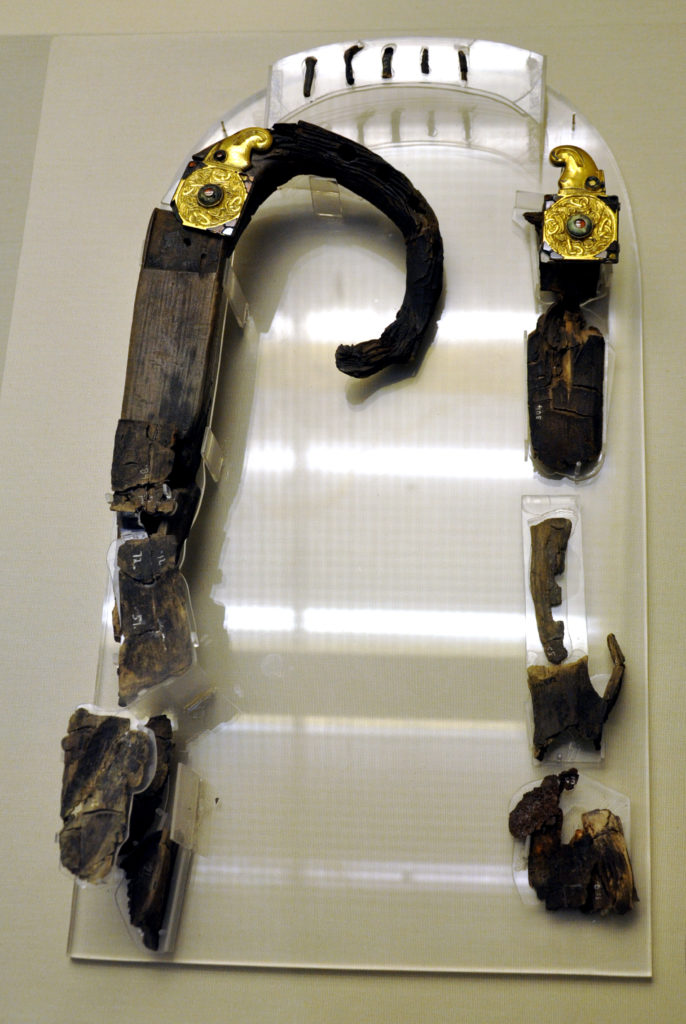 Tout commence en mai 1938, lorsque l’archéologue Basile Brown répond à l’appel de Edith May Pretty, qui affirme que se trouvent sur ses terres de nombreuses sépultures dont la présence lui auraient été révélée par de mystérieux rêves…
Tout commence en mai 1938, lorsque l’archéologue Basile Brown répond à l’appel de Edith May Pretty, qui affirme que se trouvent sur ses terres de nombreuses sépultures dont la présence lui auraient été révélée par de mystérieux rêves…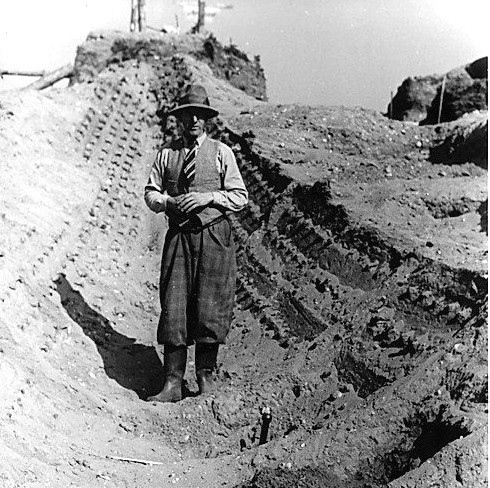

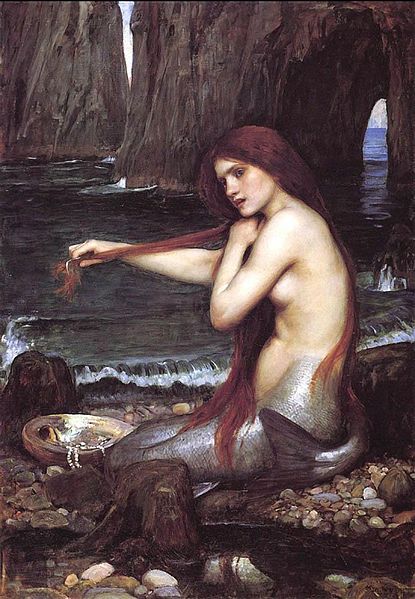
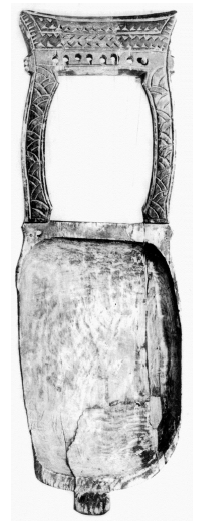 Lyre de Kravik
Lyre de Kravik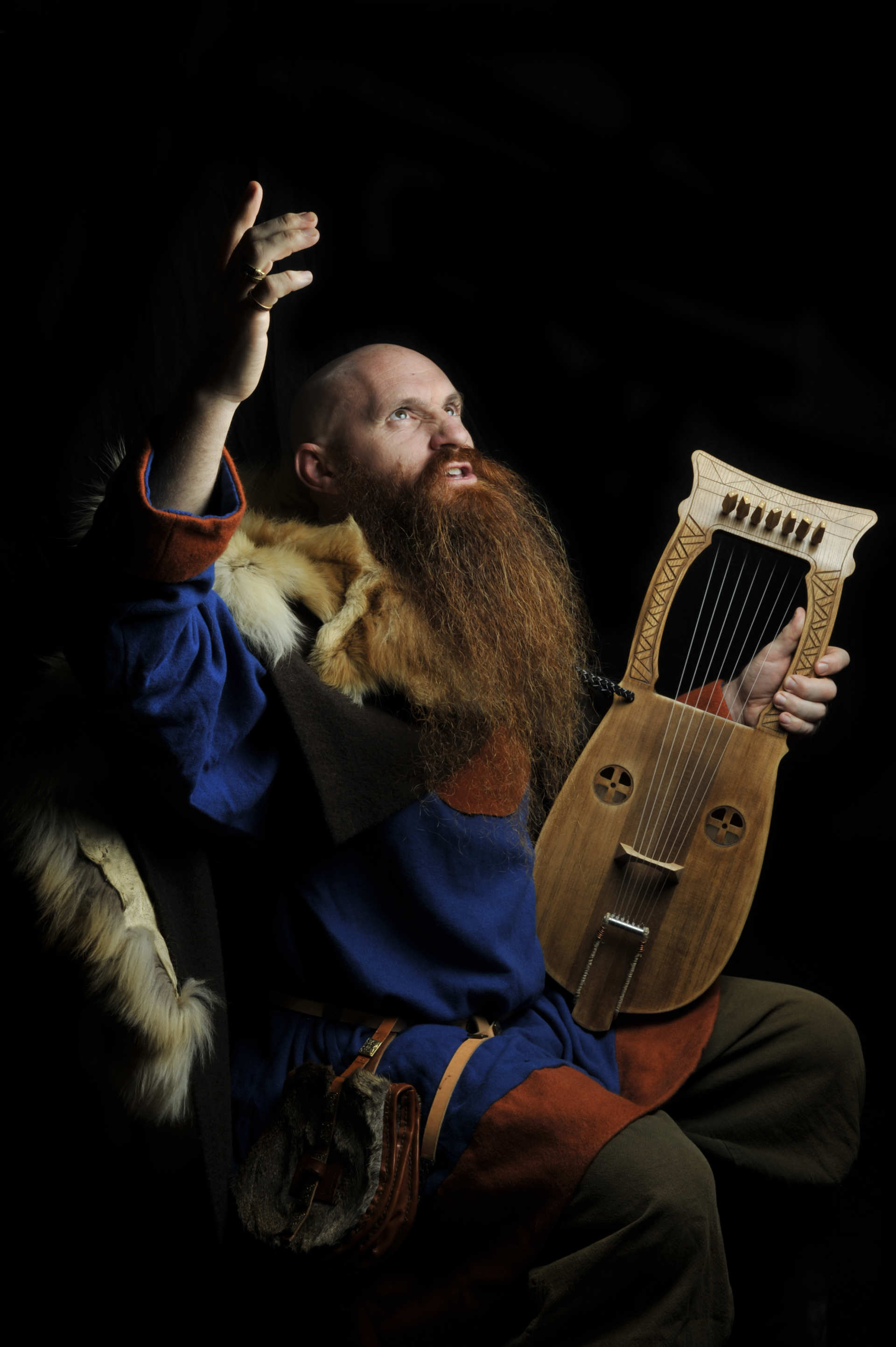
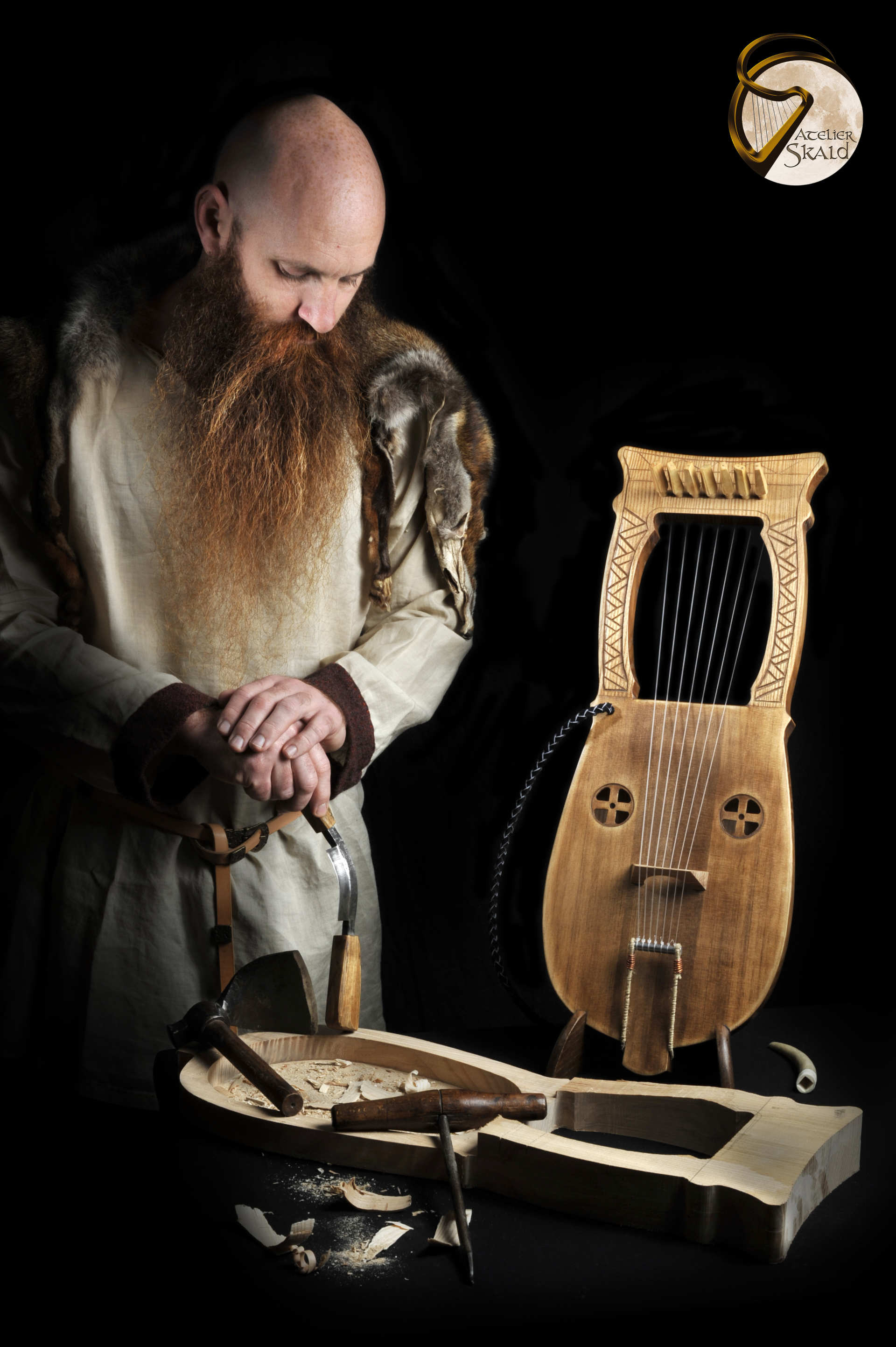

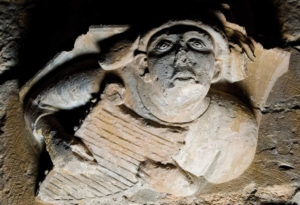 Psaltérion en écu de Puivert
Psaltérion en écu de Puivert